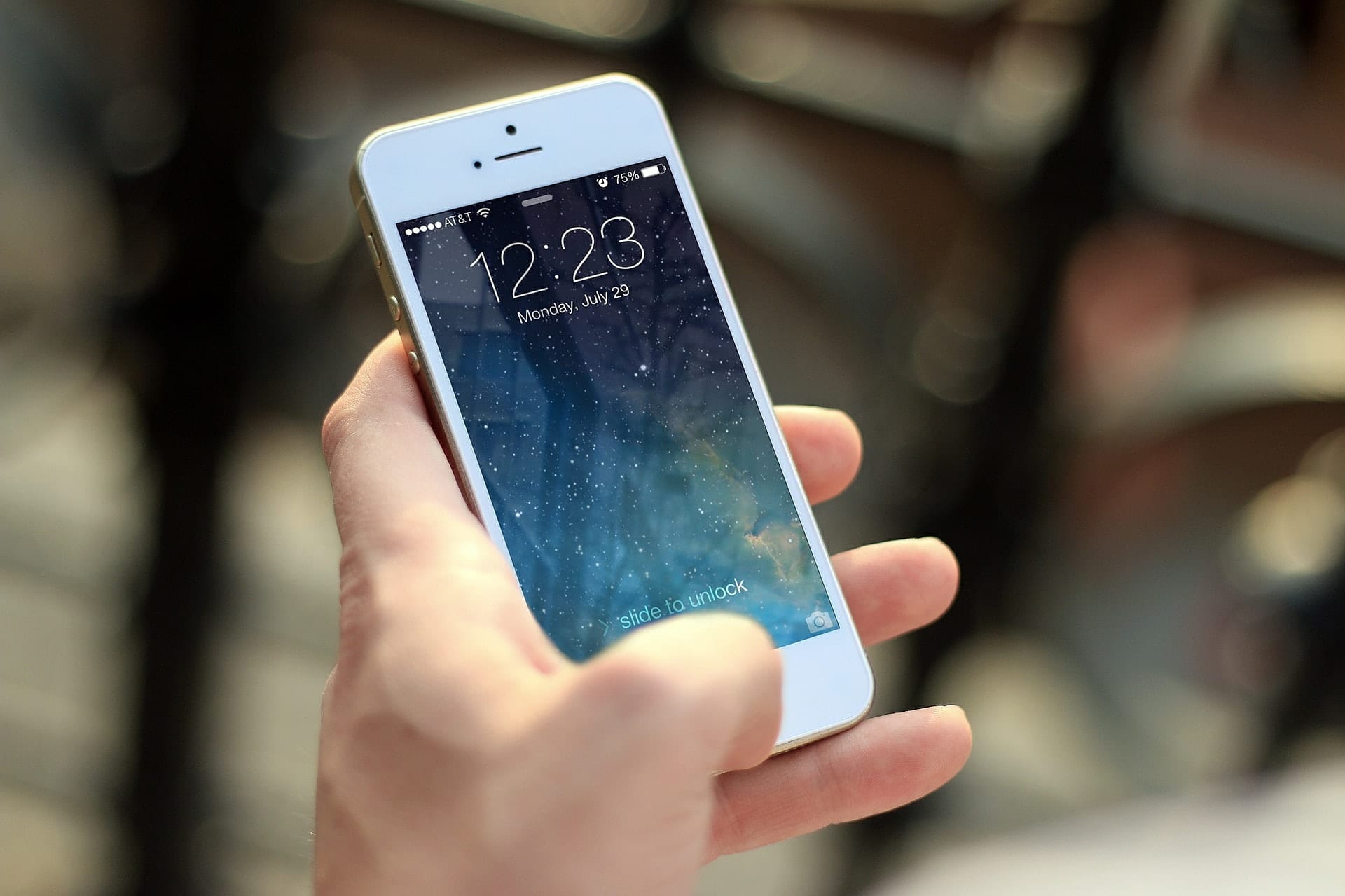As a marketer, brand storyteller, and entrepreneur, I often find myself observing others to get an understanding – at least in small sample – of how individuals may react to various advertising tactics and techniques, both in traditional form and on social media. Watching Super Bowl LI this past winter, I looked around at friends and family and took note of their actions. More often than not during the commercials the majority of the group was head-down, glued to their smart devices. Even game play itself did not come out unscathed, especially when the Falcons looked like they were running away with it.
So, to repeat, during the commercials that were airing on FOX, there was minimal attention from the crew around me.
Those revered commercials. The ones that usually generate conversations long into the week after the big game. The ones that, historically, can be a bigger draw than the game itself. And the ones that, according to Variety magazine, were between $5 million and $5.5 million for a 30-second ad.
All that… and no one was really watching.
Instead, people were on their phones – some checking a fantasy outlook or seeing how their odds may have shifted for their gambling squares, but most were on social. They were perusing Facebook, scrolling through tweets, uploading a food pic to Instagram (we all know that the Super Bowl food game is elevated…I mean, you HAVE to share that).
The true engagement and consumption? Right there literally in the hands of the audience, the traditional commercials we’re trying to reach.
Now yes, I understand that the televised commercials will still have reached over 100 million Americans (or, at least their households…again, it doesn’t mean they are watching), but the fact remains – the smart device will continue to siphon the attention of the community on large-scale, and businesses should be conscious of the fact moving forward if they have not yet considered it already.
Much like the television slowly started to remove the radio from prominence many years ago, we are in an age where our devices are booting our televisions from their perch of household authority. There are a few reasons why this is occurring – for one, the youth digital movement is watching less traditional television as they are more native to the tech and digital attributes. Online content is incredibly easy to obtain and it’s driven by the user – you’re able to find what you’re looking for, not what some network wants you to watch.
With this, businesses large and small absolutely need to reconsider their advertising strategies on how best to reach viewers. Instead of the millions spent on a television commercial, the big brands could be spending a fraction of that cost to get multiple ads run on various social platforms. And local community businesses – who wouldn’t have had a shot at the national picture of Super Bowl advertising – can now more easily market using social. For $20 they could boost a post on Facebook to the exact demographic that would buy or want their product or service, tying in the marketing plan to the Super Bowl itself. They’d reach, on average, about 3,500 users in the area as the content would arrive in the Facebook feeds of users. And what’s more? Unlike an ad on television, the content would carry call-to-action buttons and other methods that would allow for recall and for immediate action (link clicks, promo pages, coupons) which would all be native in the post, allowing for seamless and incredibly easy conversion.
We’re becoming more and more mobile dependent, with our attention being poured into our smartphones. Make sure that you, and your business, are doing everything you can to be active, available, and prominent with your digital presence.




